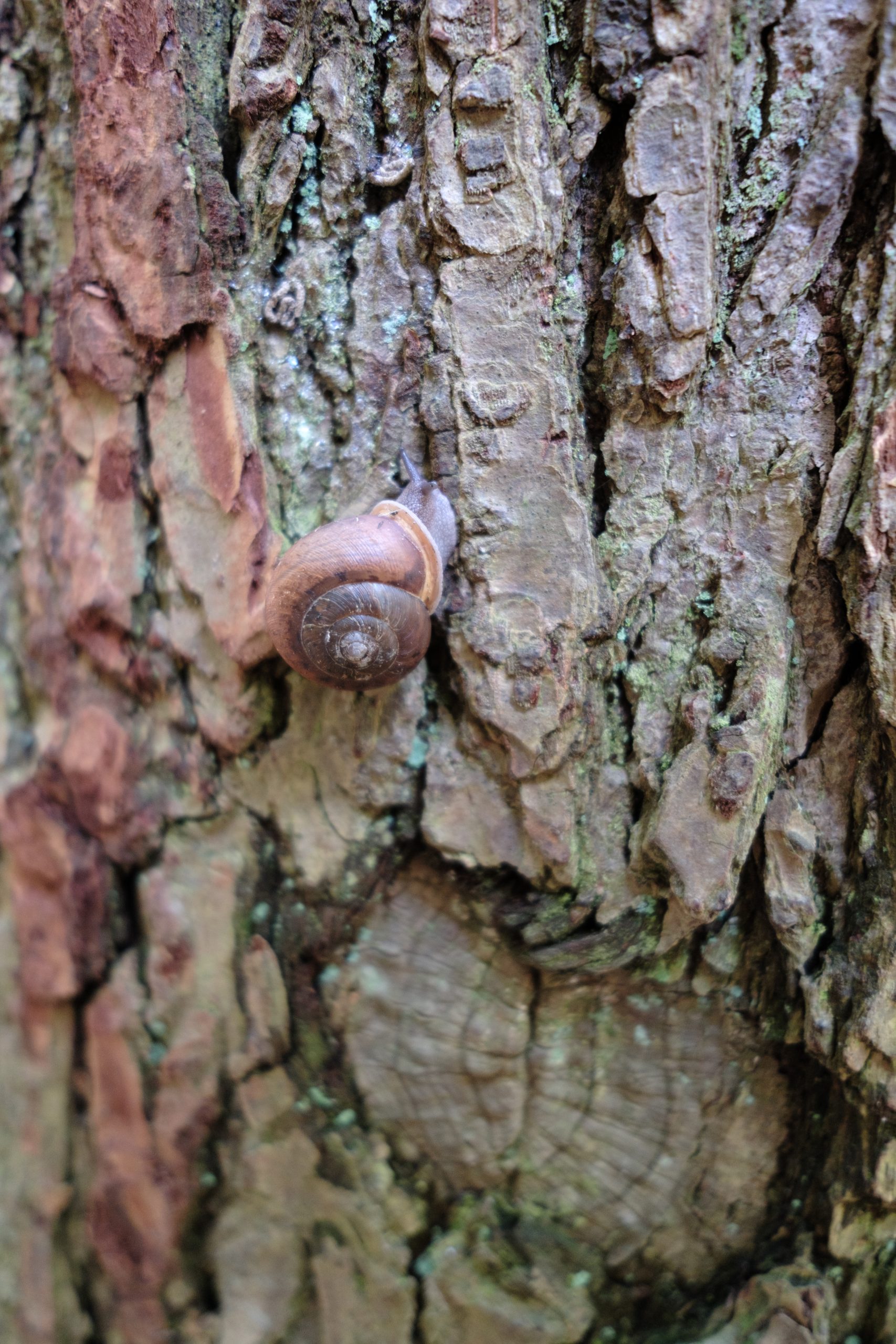Hocking Hills, located in Ohio, is home to a diverse range of wildlife, including mammals, birds, reptiles, amphibians, and fish. From the majestic black bears to the elusive Kirtland’s snake, this region offers a unique opportunity for nature enthusiasts to explore and observe a variety of fascinating species.
Mammals of Hocking Hills

Black Bears
While rare, black bears can be spotted in the area, typically high up in trees. These impressive creatures are the largest land mammal in Ohio and can weigh up to 500 pounds. If you encounter a black bear, it’s essential to keep a safe distance and avoid approaching or feeding them.
White-Tailed Deer
Abundant in the area, white-tailed deer can be seen along roadsides, particularly in the evening. These graceful animals are a common sight in Hocking Hills and are a delight to observe as they graze and move through the landscape.
Bobcats
Occasionally spotted, bobcats inhabit the wooded ravines and ridgetops of Hocking Hills. These elusive felines are known for their distinctive tufted ears and short, stubby tails.
Coyotes
Coyotes are overpopulated predators in the Hocking Hills region, with an open season for hunting year-round. These adaptable canines prey on livestock and pets, so it’s important to be cautious when hiking or camping in the area.
Birds of Hocking Hills

Barn Owls
Unique aviary animals, barn owls can often be seen at Lake Logan State Park. These silent hunters are known for their distinctive heart-shaped facial discs and are a delight to spot.
Wild Turkeys
Wild turkeys are a common sight in Hocking Hills, feeding on insects, fruits, and acorns. These large, ground-dwelling birds are a popular target for hunters and are a fascinating species to observe in their natural habitat.
Hermit Thrush
The hermit thrush is a year-round resident of Hocking Hills, along with other species like the Blue-headed Vireo, Red-breasted Nuthatch, and Brown Creeper. These birds can be heard singing their beautiful, haunting melodies throughout the region.
Ruffed Grouse
Ruffed grouse are found in the wooded areas of Hocking Hills, where they feed on buds, leaves, and insects.
Bald Eagle
While rarely spotted, bald eagles are known to nest in the area near Lake Logan. These majestic birds are a symbol of national pride and a treat to see in the wild.
Reptiles of Hocking Hills
Timber Rattlesnake
The timber rattlesnake is an endangered species found in Hocking Hills. These venomous snakes are known for their distinctive rattle and should be observed from a safe distance.
Kirtland’s Snake
The Kirtland’s snake is a threatened species native to Hocking Hills. This small, secretive snake is rarely seen and is an important part of the region’s ecosystem.
Copperhead
Copperheads are a common sight in the remote rocky ledges of Hocking Hills. These venomous snakes are known for their distinctive copper-colored heads and should be approached with caution.
Black Rat Snake
Black rat snakes are found in the rocky ledges of Hocking Hills. These large, non-venomous snakes are excellent climbers and play an important role in controlling rodent populations.
Ring-Necked Snake
The ring-necked snake is another species that inhabits the Hocking Hills region. These small, slender snakes are known for their distinctive black and yellow coloration.
Five-Lined Skink
The five-lined skink is a speedy, rarely seen reptile that can be found in Hocking Hills. These small lizards are known for their vibrant blue tails, which they can detach to escape predators.
Amphibians of Hocking Hills
Four-Toed Salamander
The four-toed salamander is a species of concern in the Hocking Hills region. These small, secretive amphibians can be found in cool, moist areas.
Dusky Salamander
Dusky salamanders are found in the cool recesses of Hocking Hills, where they feed on insects and other small prey.
Black Salamander
The black salamander is another species that inhabits the Hocking Hills area.
Fish of Hocking Hills
Smallmouth Bass
Smallmouth bass are abundant in the mid and upper portions of the Hocking River, making it a popular destination for anglers.
Channel Catfish
Channel catfish are a common sight in the Hocking River, where they feed on a variety of aquatic life.
White Crappie
White crappie can be found in Lake Logan, a popular fishing destination in the Hocking Hills region.
Quillback
Quillback, a type of freshwater fish, inhabit the Hocking River.
Sauger
Sauger are another common fish species found in the Hocking River.
Bluegill
Bluegill are a popular game fish that are stocked in Lake Logan by the Ohio Department of Natural Resources (ODNR).
Hocking Hills is a true natural wonder, offering visitors the opportunity to observe a diverse array of wildlife in their natural habitats. Whether you’re a birdwatcher, a hiker, or a fishing enthusiast, this region has something to offer for every nature lover.
Reference:
– Hocking Hills State Park
– Ohio Department of Natural Resources
